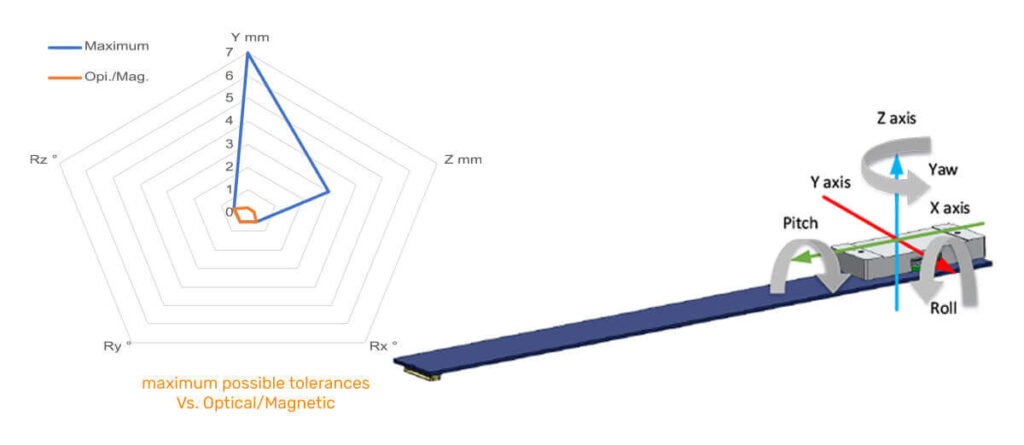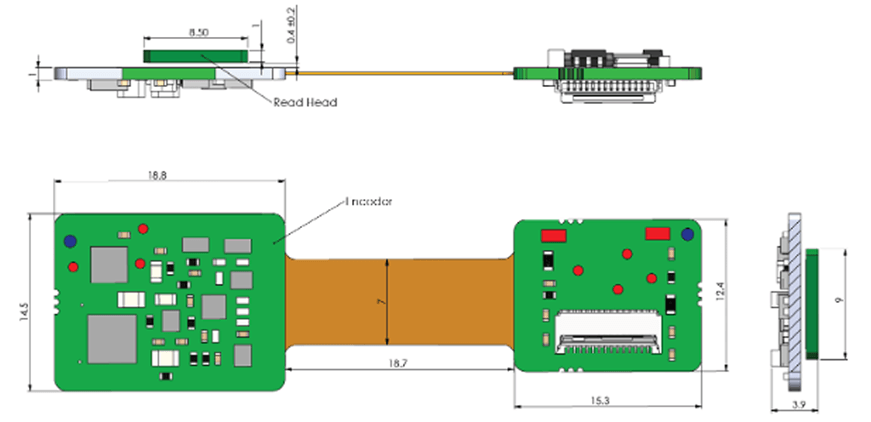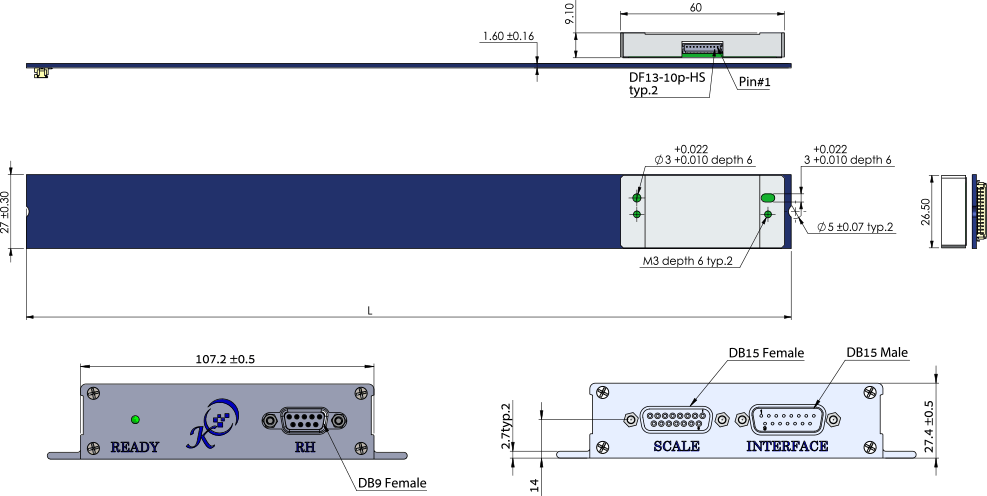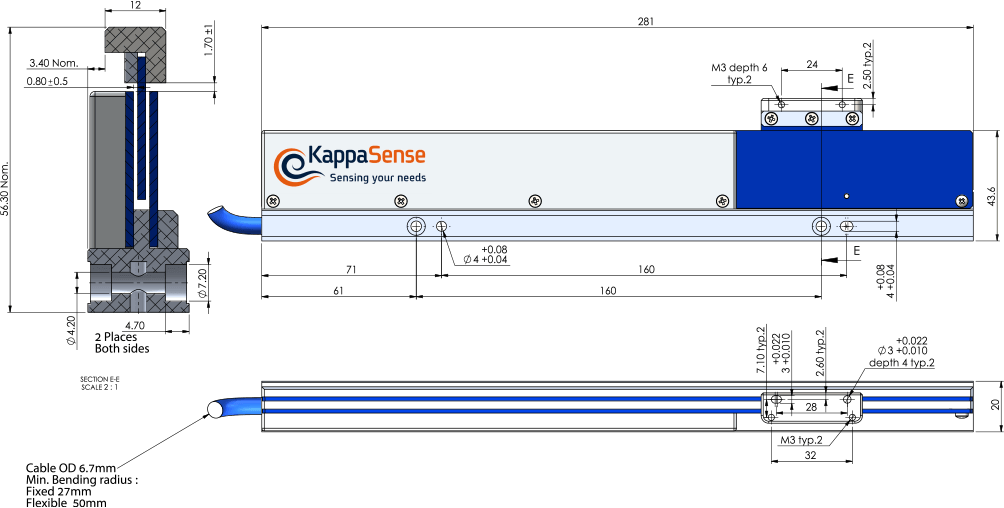Home > Capacitive Encoders Advantages
Capacitive Encoders Advantages
With accuracy of up to ±5μm and resolution of 1μm, the KappaSense capacitive linear encoders are suitable for use in a wide variety of industrial and commercial applications.
In addition, the high operating speeds (4m/s in the FREE platform and 10m/s in the FLEX products) enable the encoders to be used in applications requiring high throughput, such as automatic solder joint inspection machines.

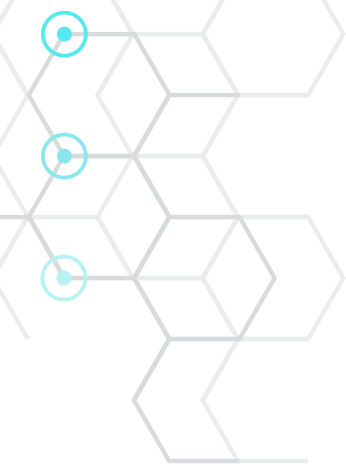

Capacitive sensing is immune to electromagnetic interference and to magnetic fields and it has no magnetic signature. The KappaSense products also have high tolerance to vibrations.
The encoders exhibit high immunity to typical industrial environmental contamination such as dust and oil, as such contamination typically has a very small influence relative to the encoder accuracy. While contaminants do potentially affect capacitance measurement, most types of contamination have dielectric constant less than 4 and therefore their influence on performance is very small. The influence in practice depends on the area of contamination and on the readhead size.
As an example, a piece of paper between the scale and the readhead has no influence on the encoder. The most significant influence on the encoder can be from metal parts and from water (which has a high dielectric constant).
Readhead could be of different Materials, including Plastic, as long as it has a constant.
KappaSense capacitive linear encoders are characterized by wide installation tolerances, making installation easy. Tolerance in the Y-axis is up to 20 times more than for optical encoders, and tolerance in the Z-axis is up to 4 times more. Roll, pitch and yaw of the readhead relative to the scale are all specified for ±0.5 degrees.

A primary factor of concern in linear motion systems is the robustness of the cables that are connected to the moving element. Such cables are subject to repetitive forces that necessitate the cables to be designed and built to meet the specifications for acceleration and bend radius.
The KappaSense FREE is a technology platform that allows the readhead to be a passive device. This means that, with this technology, moving cables are not necessary for the encoder. All the encoder cabling is static and connected to the scale.
Kappasense Free™, Readhead is Cable-less!
Some linear motion systems require moving multiple loads independently. Due to the cost and space requirements of linear motion electromagnetic elements, there is motivation to assemble multiple moving elements on the same base. Each element requires its own encoder readhead. A typical example is a linear motor where multiple forcers are used.
KappaSense’s FREE technology allows the implementation of multiple readheads along a single scale, saving space, components count and cost in applications requiring more than one moving element.


Each Project has its specifications & restrictions. KappaSense’s Linear encoders can implement different Materials of different dielectric constants for the Readhead. Even A low cost, low weight Material as Plastic could be used.
Capacitive linear encoders are based on standard printed circuit board technology that is used to create the patterns on the scale and the readhead. The encoders can therefore be easily customized to form factors specific to the application.

The capacitive linear encoders are designed for non-contact operation. There is therefore no wear on the encoder components.
As opposed to optical encoders, there are no LEDs involved in the sensing, which contributes to the reliability advantage that capacitive encoders have over optical encoders.
Standard printed circuit board technology is used to create the patterns on the scale and the readhead. This technology is mature and reliable, and components can be sourced from multiple qualified vendors.
The electronics are all standard off-the-shelf components. These factors have great benefit in terms of product availability and cost.
